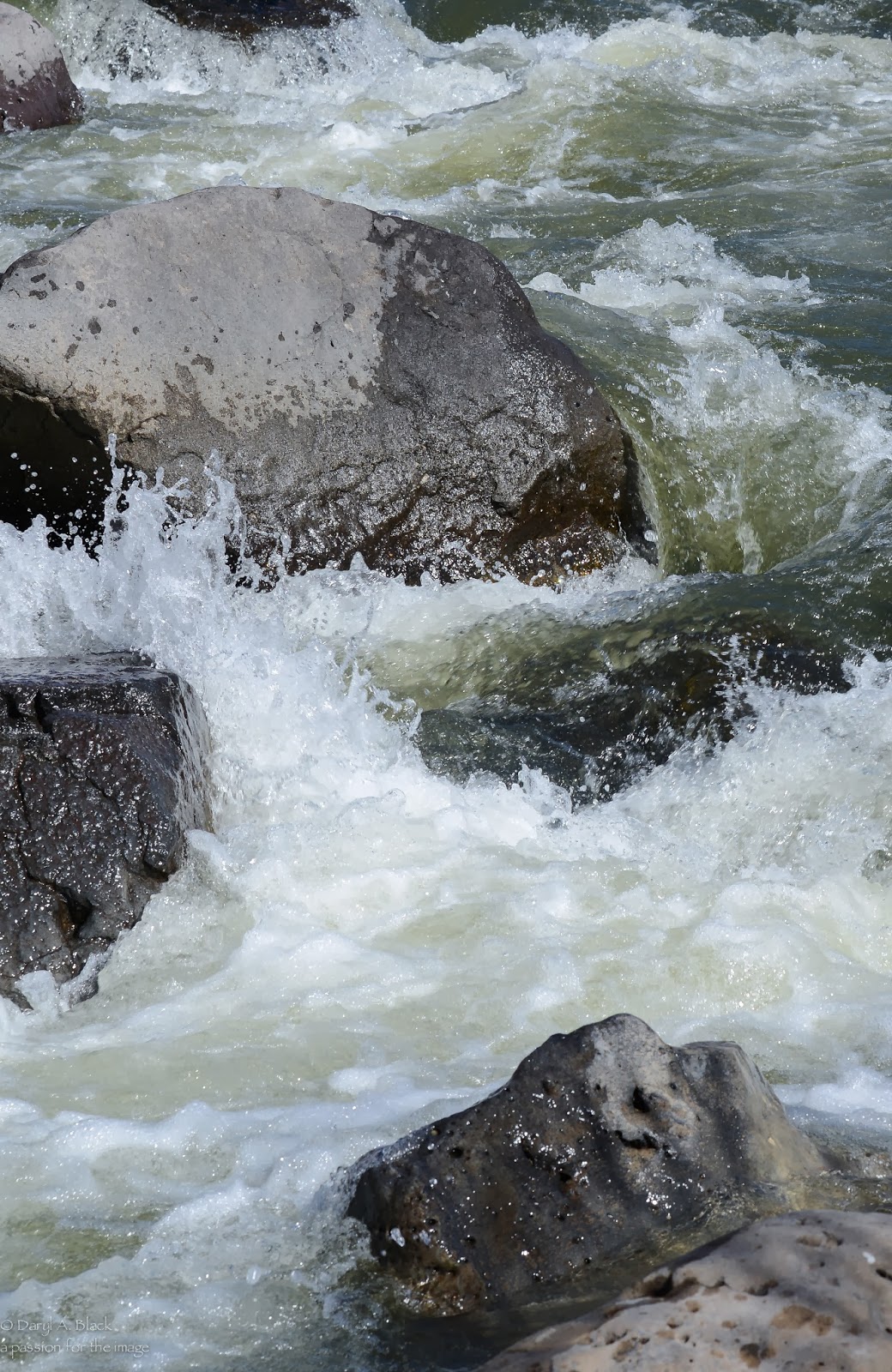Many in the government, media, and industry (as shown during the three weeks since Malaysian Airlines Flight 370 went missing) would like to convince us that technology can solve every problem. Technology and the pace thereof is nothing short of stunning, but when a satellite image shows a white blob in the middle of the Indian Ocean, rather than McGee utilizing satellite imagery to practically zoom into someone's living room during an NCIS episode, the science is not quite exact as they would have us think. I realize this is a gross simplification, and that my understanding of the science is very close to being nil, but it demonstrates one of my concerns. Our trillions of emails, texts, and Tweets are somewhere in the computer mix, perhaps hovering in the Cloud, but the spring wind may blow them into the ether, never to return.
We are in great danger of losing our history, as individuals, families, a country, and Planet Earth. The history we have was written by our ancestors - sketched, sculpted, painted, photographed, journaled. Very few of us are doing that now. We have a wonderful friend who seems to have every single email she has written or people have written her in her computer, but how many people retain electronic communication for any length of time? Where is it? We are told that various security agencies and the government can find them, but would they, if asked, go into the bowels of the machine, to get a particularly poignant email from a friend or lover? Everyone has a story. Many have incredible stories that need to be told or they will be lost. Our collective memories are not that acute, and they are prone to alteration. You and I need to be documenting.
Human beings document using a number of different media, of which cave paintings are some of the earliest. But I will begin with books. In the not-to-distant past, books were made of cotton rag paper, signatures bound with needle and thread, and brought together with a leather binding. Publishers had stables of illustrators whose drawings and paintings accentuated the writing. Pages even had gold leaf, as did this 1883 edition of Robert Burns poetry.
This page is from a leather bound "autograph album" - beautifully printed simply for autographs from school mates. What blows me away is the fact I can hold in my hand a book with family members' writing from the 1880s!
Now we begin to add photographs to the mix. They were much less expensive to have made than a painting. Everyone wanted to and could document themselves and their families in this manner.
Click on the images to look deeper into the words and photographs.
until next Monday,
DB
a passion for the image

















